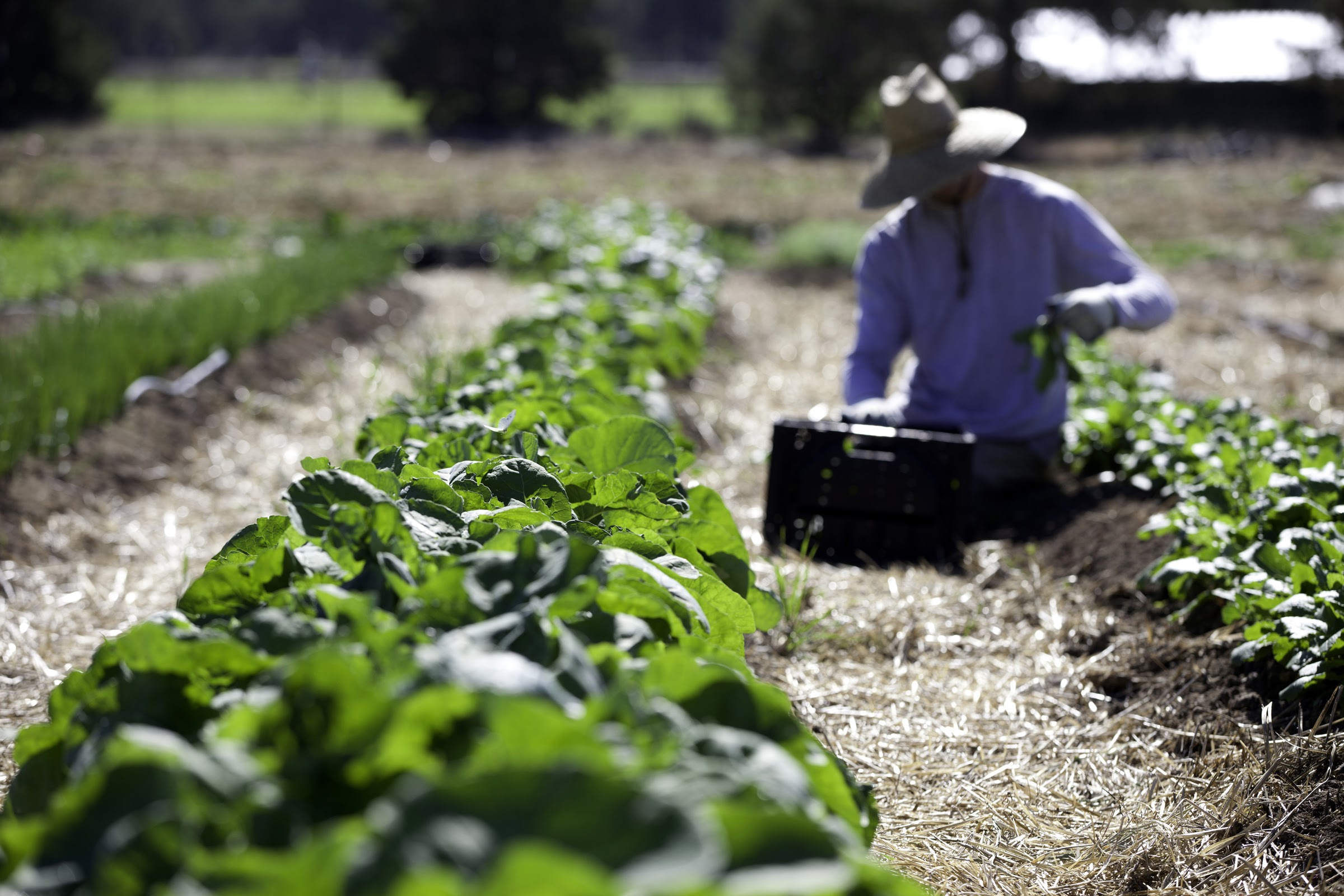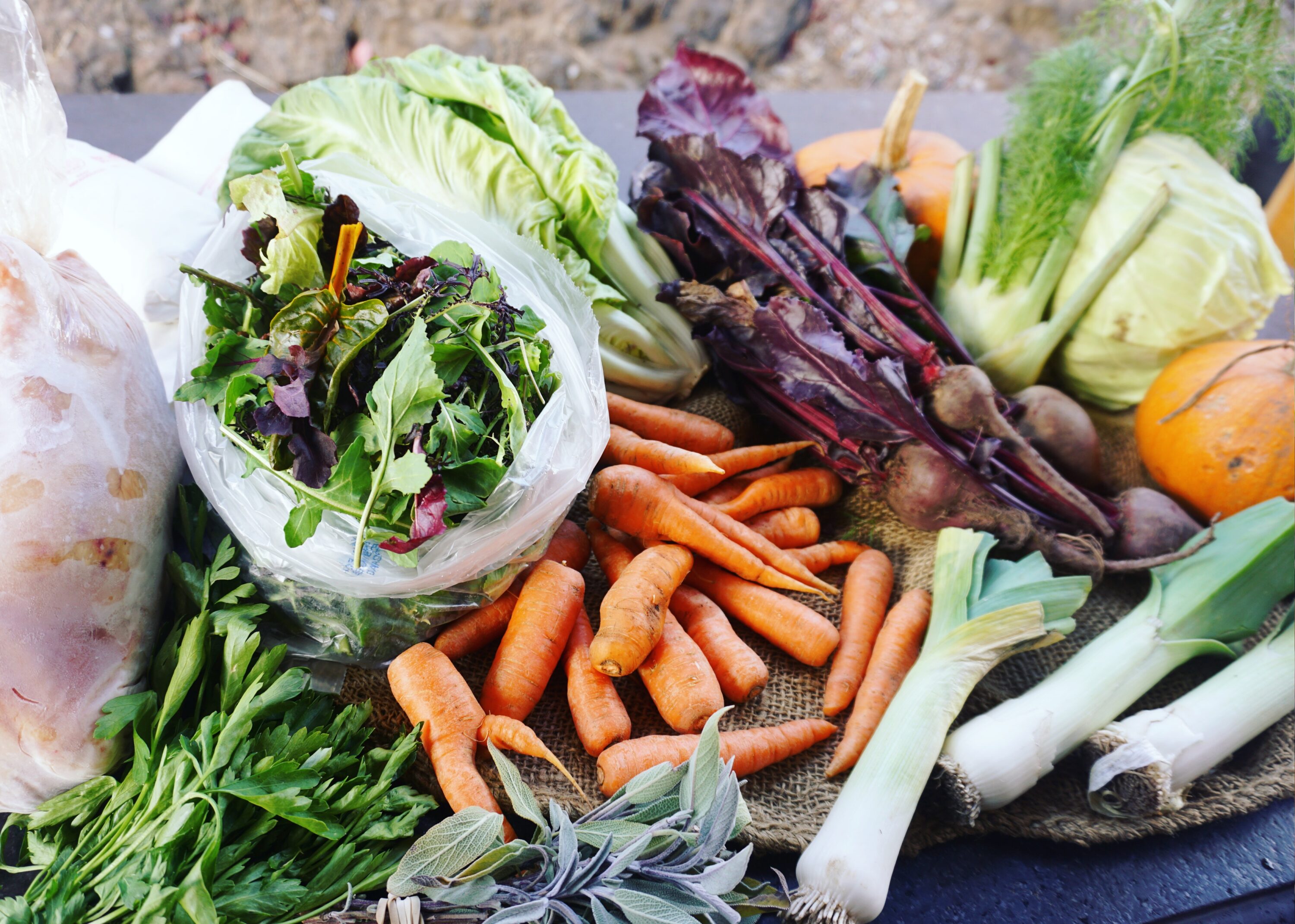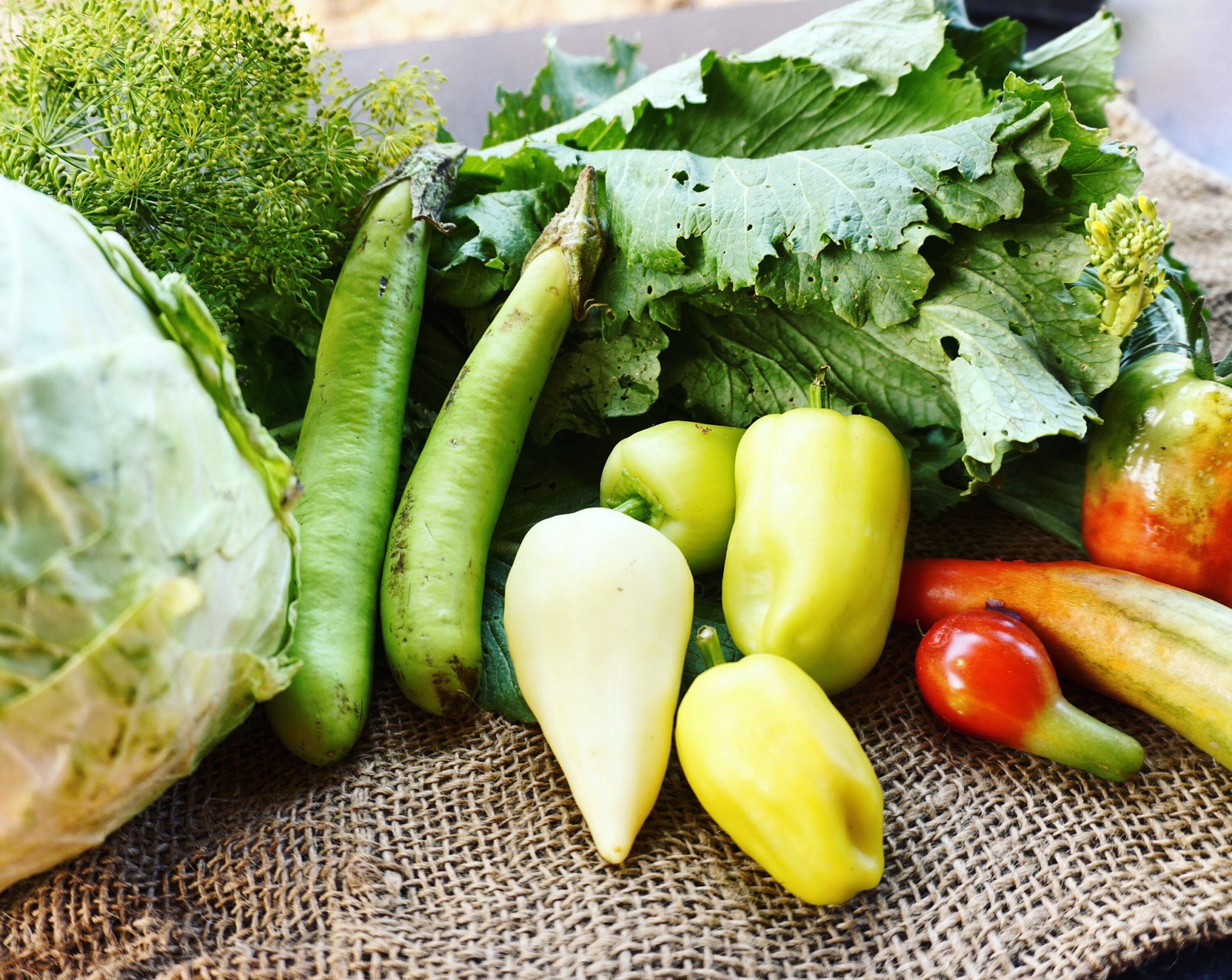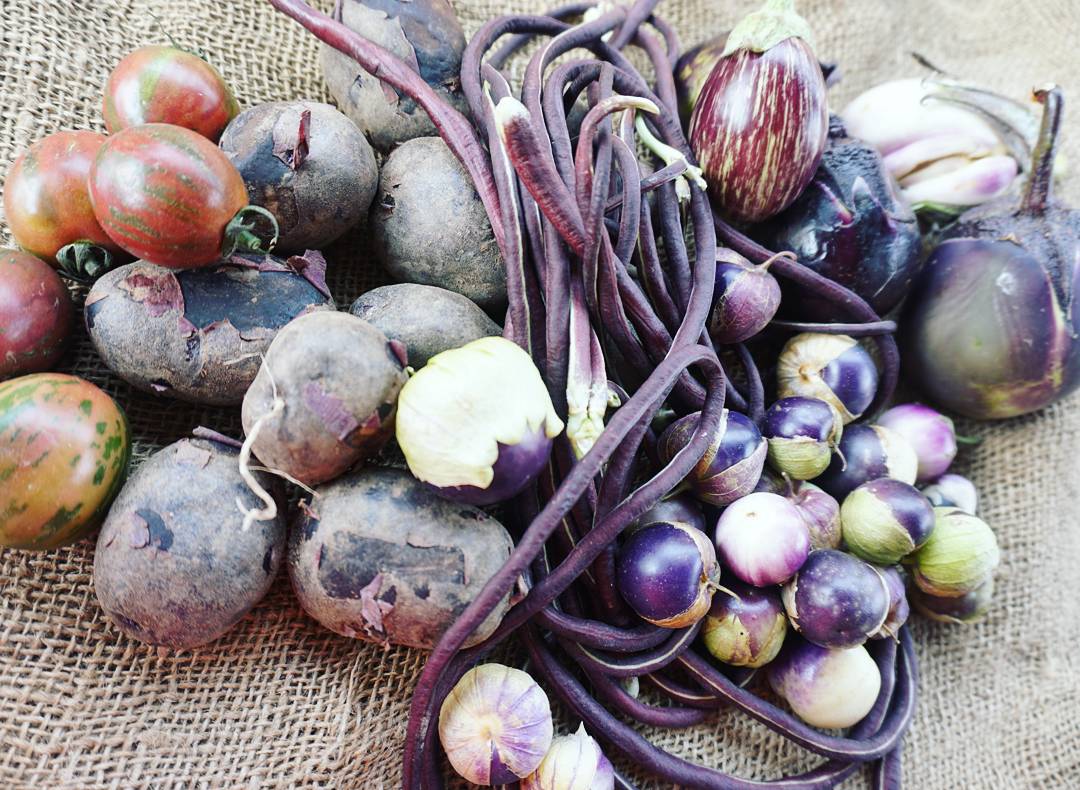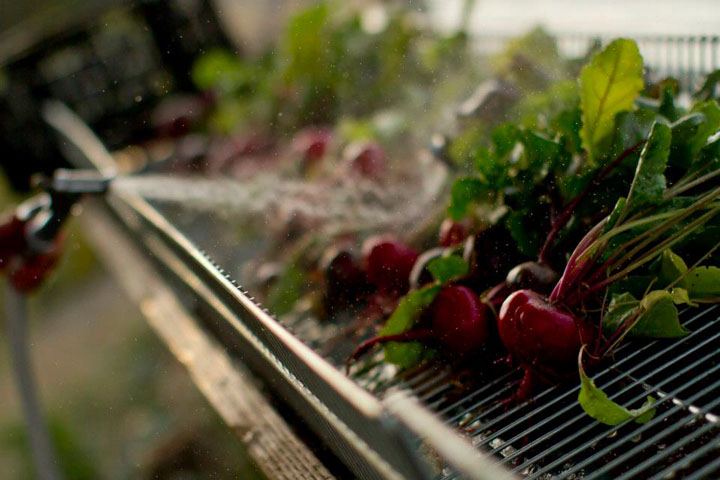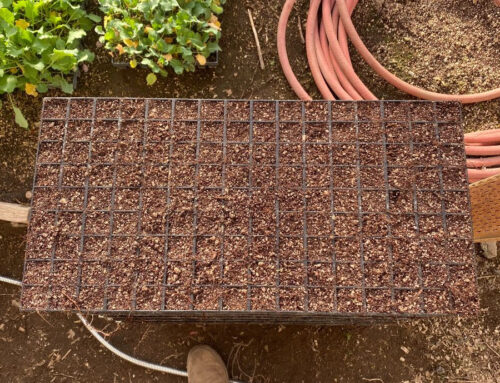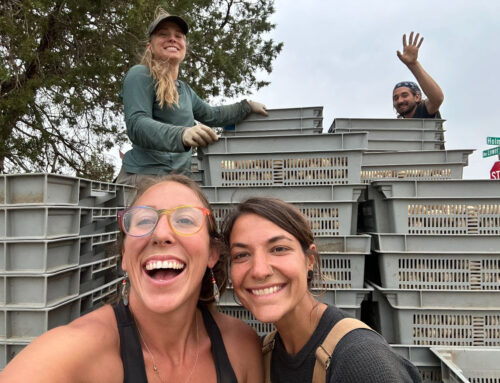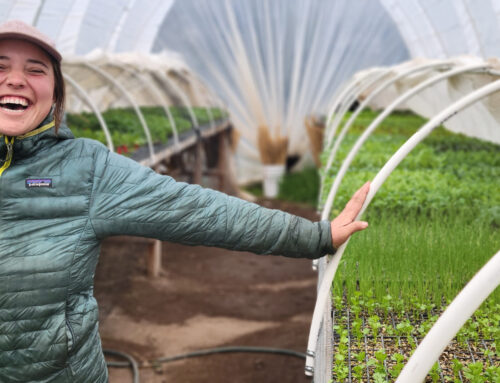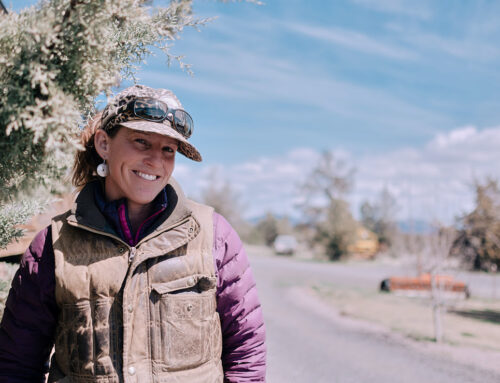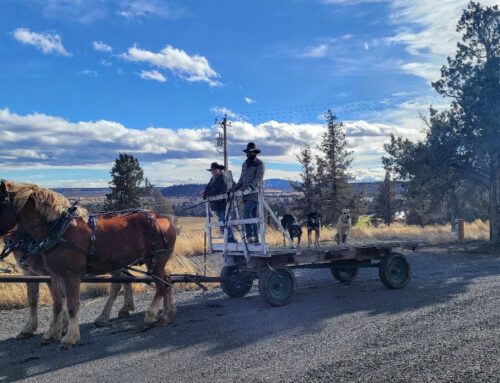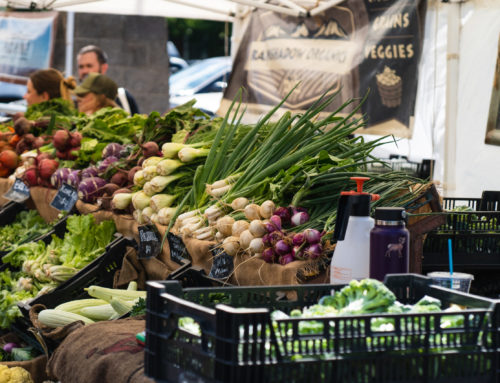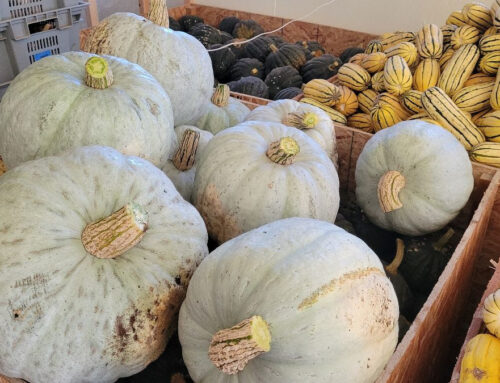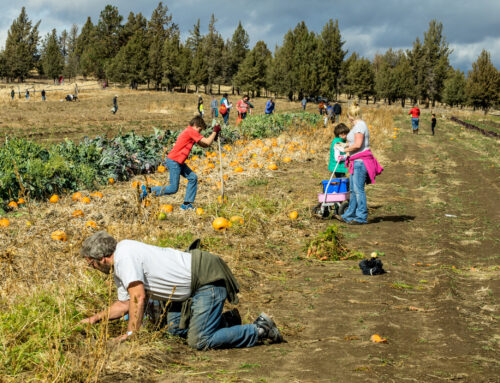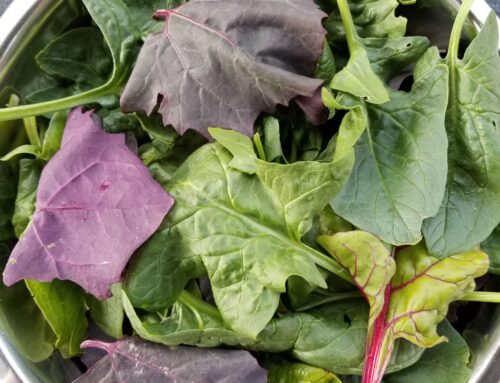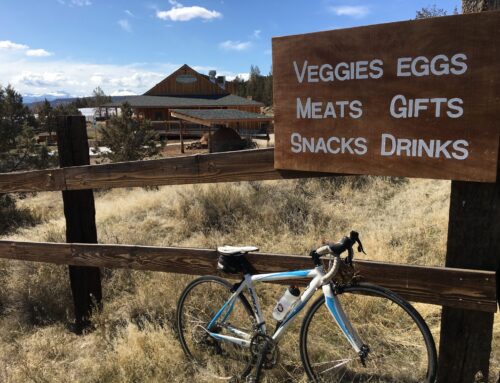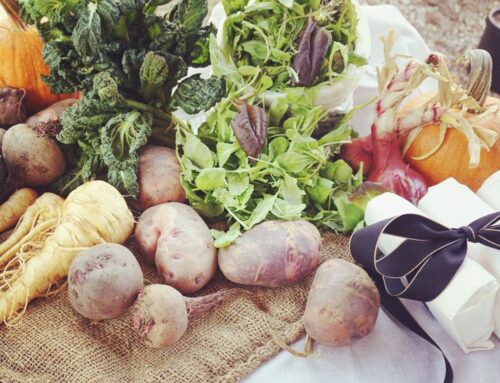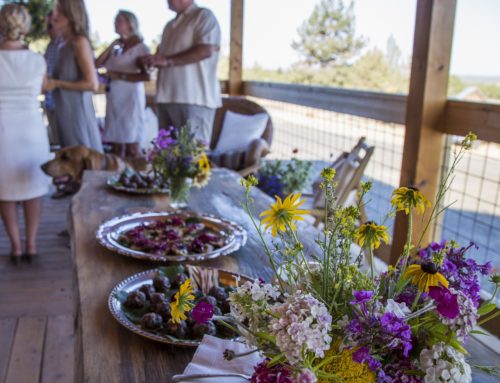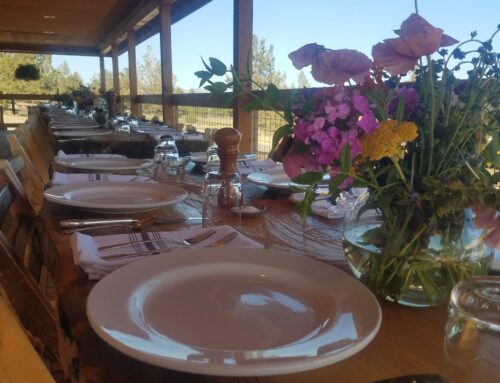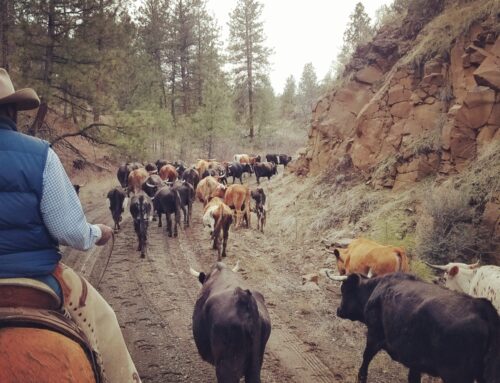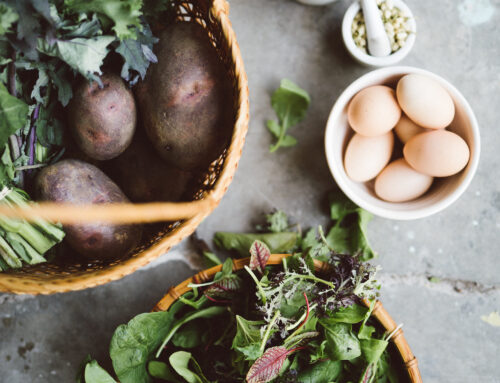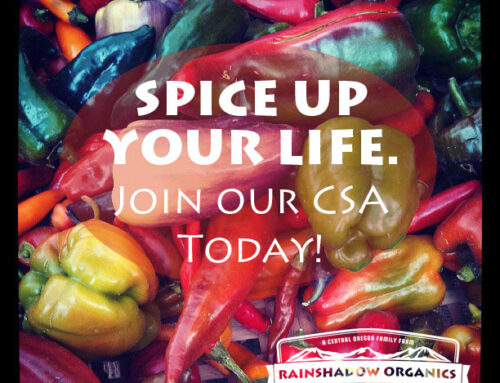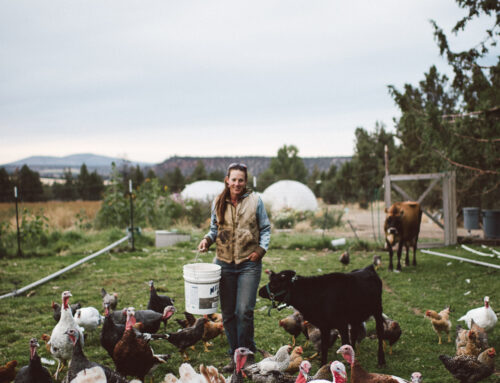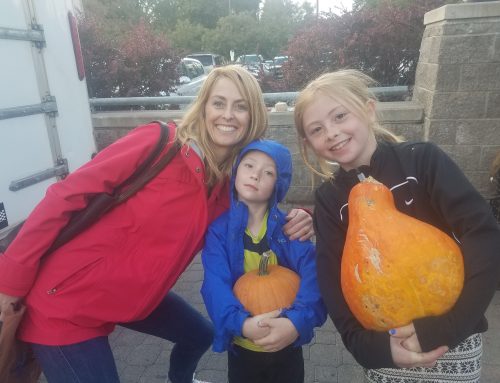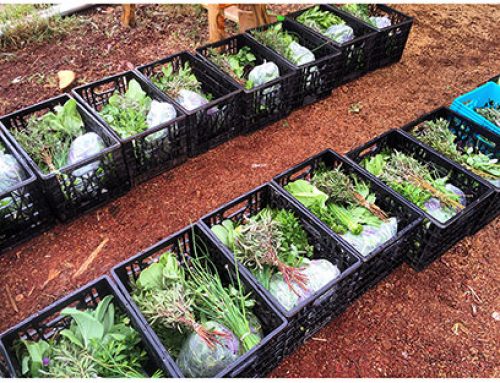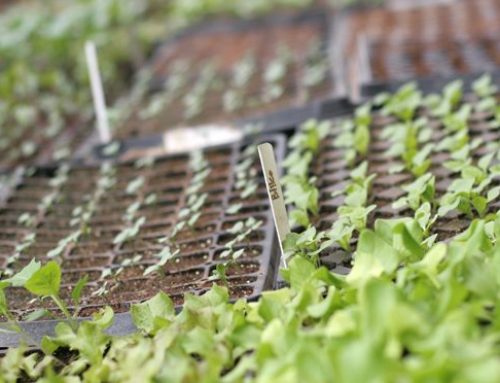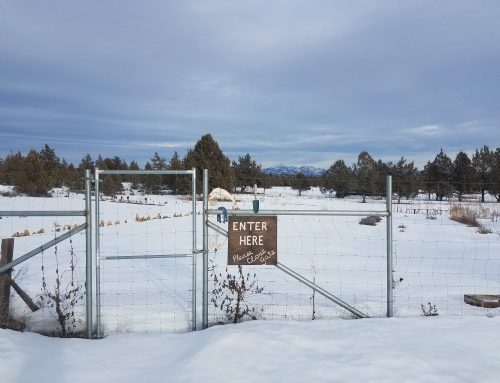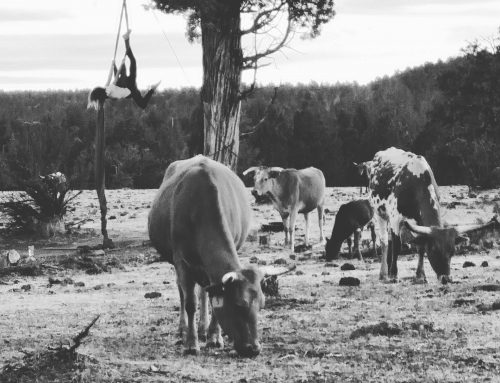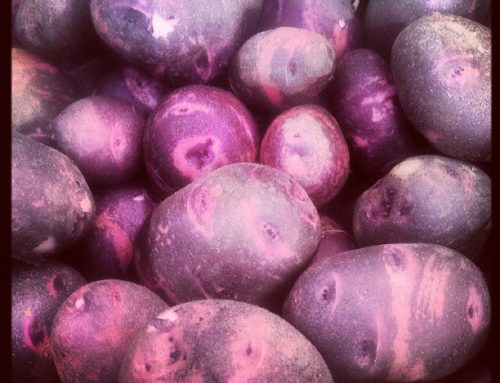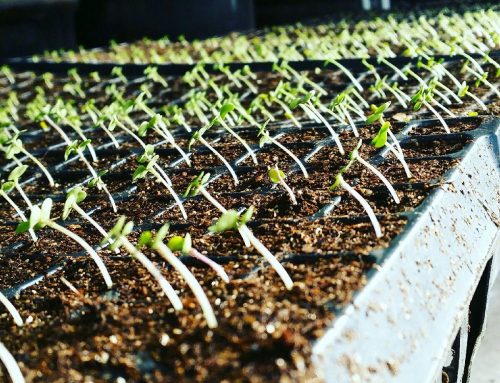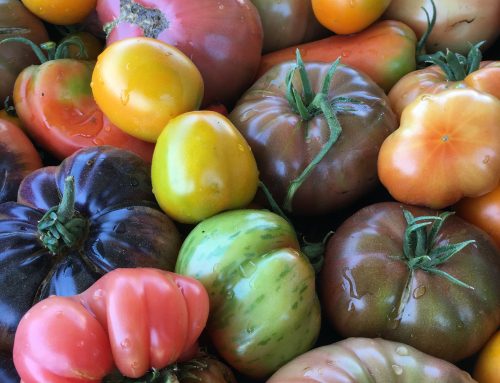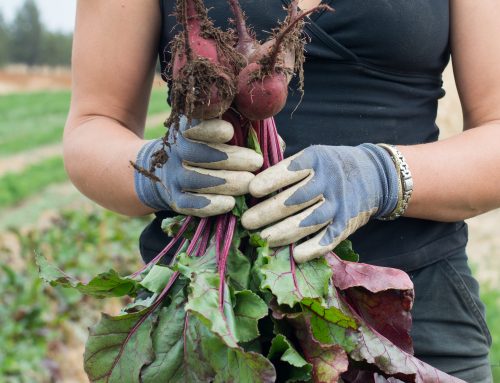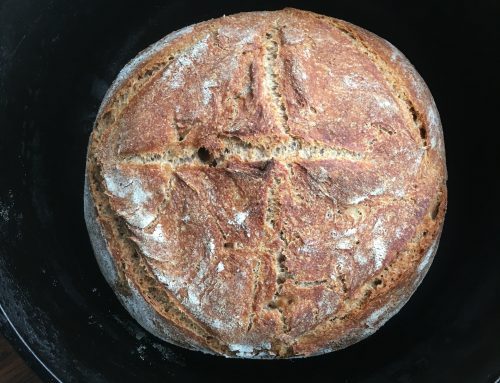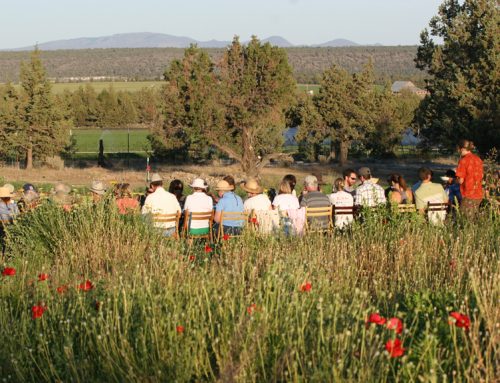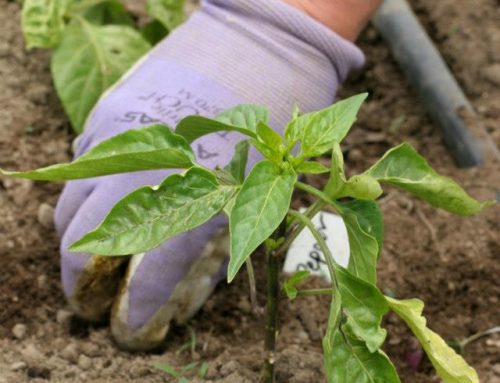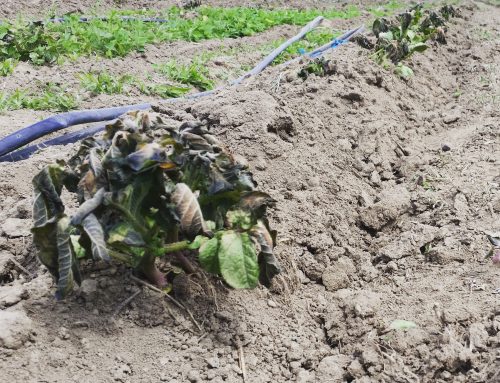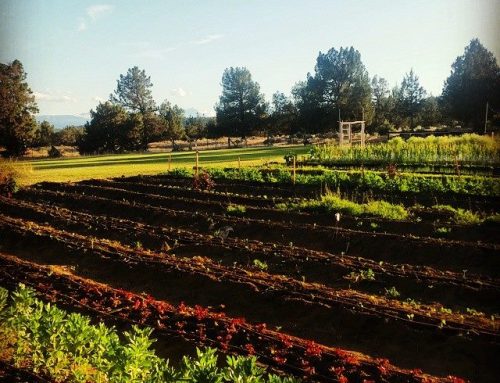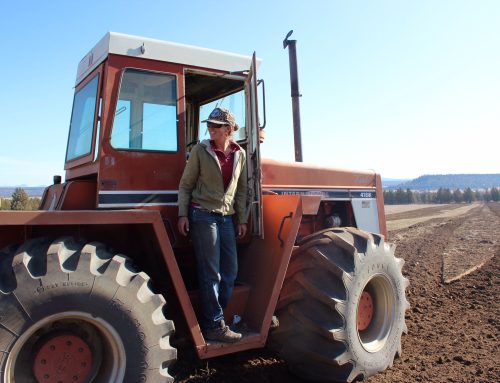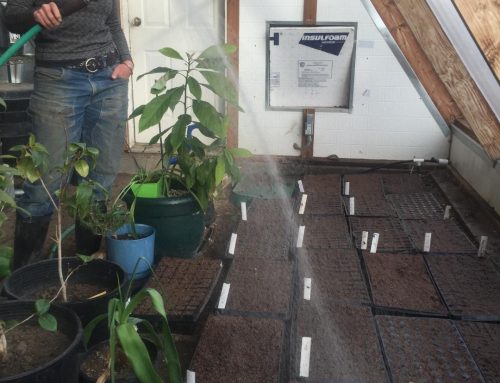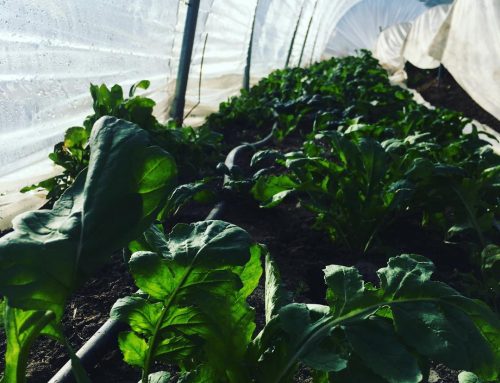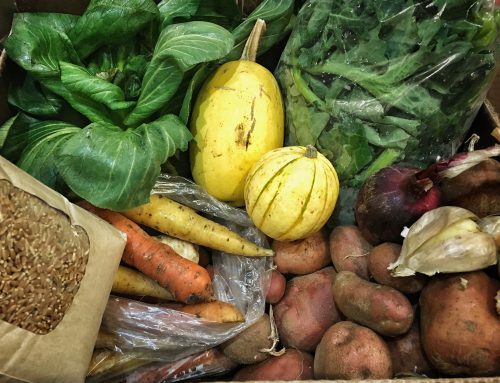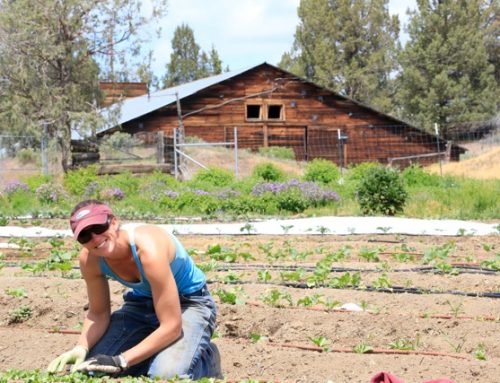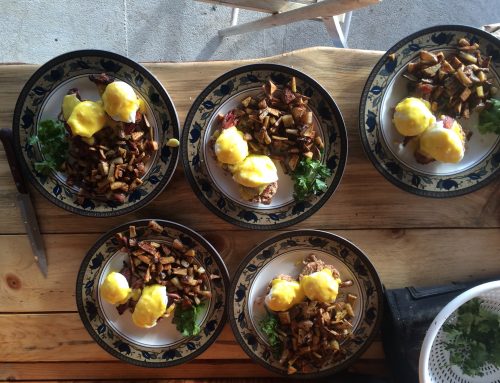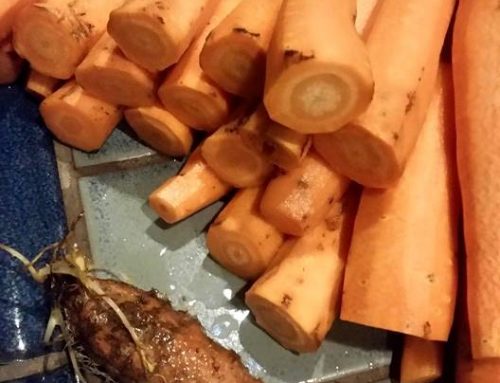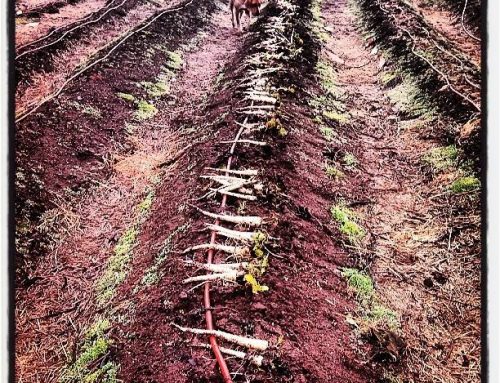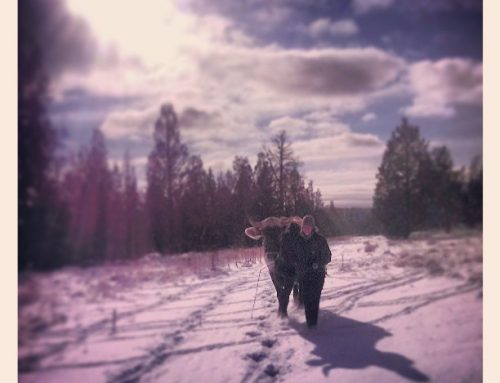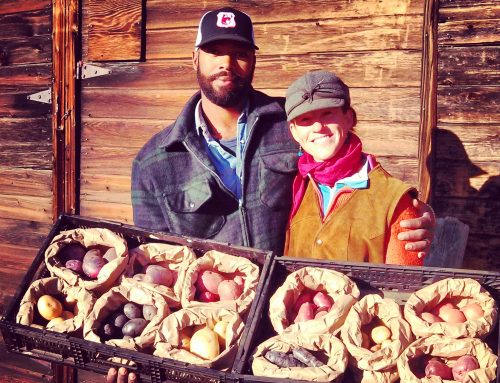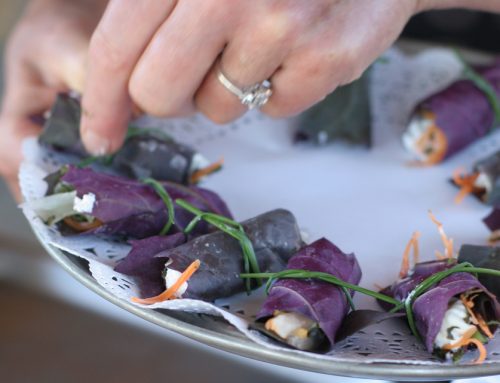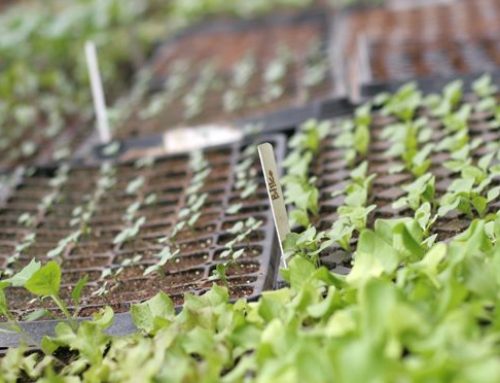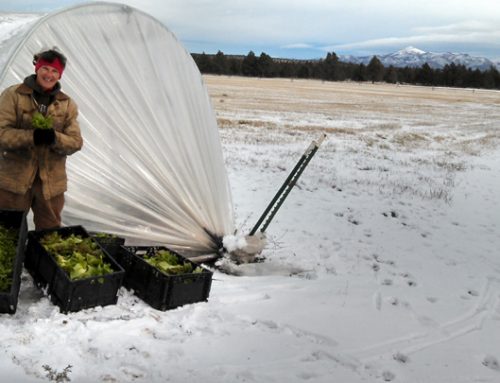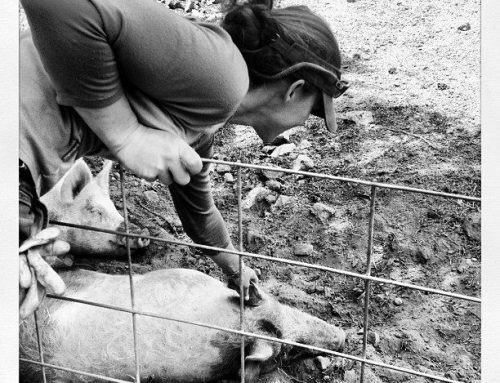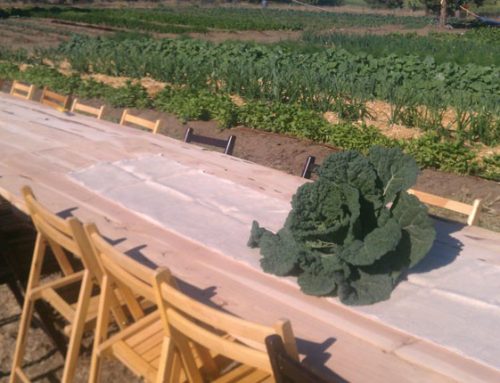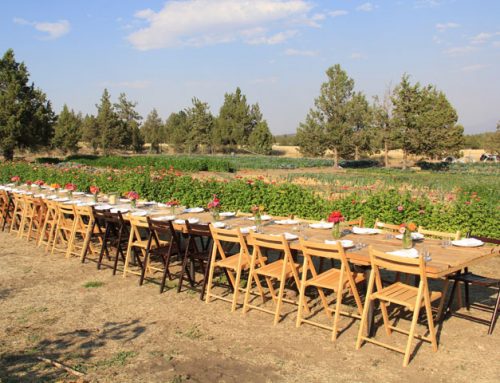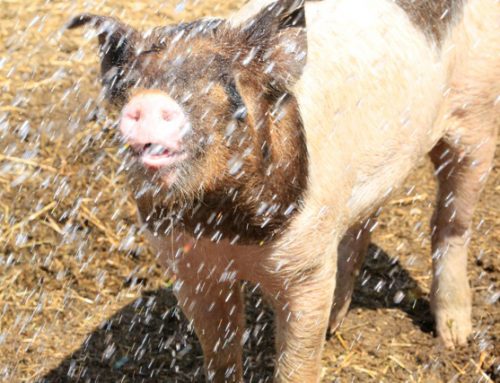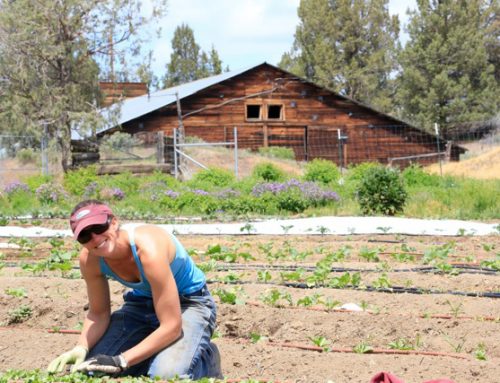The reality is that CSA is not a fit for everyone, and you shouldn’t feel bad if it’s not a match for you.
Q1: Is the relationship to the actual farmer important to you? (Do you want to support a farmer?)
Effective CSAs focus on the farmer-customer relationship as much as the product.
In fact, surveys of CSA members, indicate again and again that the number one reason for joining a CSA was to support a local farmer.
CSA members want to be able shake the hand that feeds them.
There’s something rewarding about knowing you are doing your part to support a local farmer.
Call it satisfying your “food conscience.”
CSA is a mechanism you can put into your weekly routine that allows you to access great-tasting food, knowing there’s a real farm family’s livelihood depending on it.
This means that you are committed to staying with a specific farmer through an entire season, come thick or thin.
Inherent in this arrangement is the understanding that there is a risk. Mother Nature may send too much sun or rain, bugs or disease, and a certain crop or crops may not appear in your share that summer.
On the flip side, there may be a bumper crop of tomatoes or cucumbers, and you’ll be swimming in cucurbits.
CSA members live with and embrace this reality every day.
Their motivation for supporting the farm is just as much about having the back of the farmer as it is about getting the full financial value of their share.
Make sure you read that last sentence again… it’s kinda huge.
But this relationship goes both ways.
When you join a CSA, your farmer will make an attempt to cultivate a connection with you too. This means:
We learn your name and work hard to make the “big CSA” feel like a small family.
We plan events to get you engaging with the farm.
We try to add value to your life, by teaching you about the food’s story, and how to prepare it.
We do things to help you succeed at eating our food.
This doesn’t mean you have to take advantage of these connecting points. But when you do, your CSA experience becomes more rich for both you and the farmer.
This relationship experience is part of what you are paying for in a CSA arrangement.
Q2: Do you value having quality vegetable ingredients that actually taste good?
Q3: Are you willing to try new foods? (Really?)
CSA has introduced my family to veggies that I never would have bought at the store, and I learned that we liked them! Also it helped me become more creative in my cooking.


